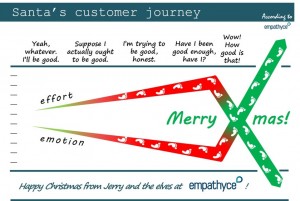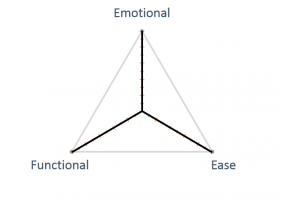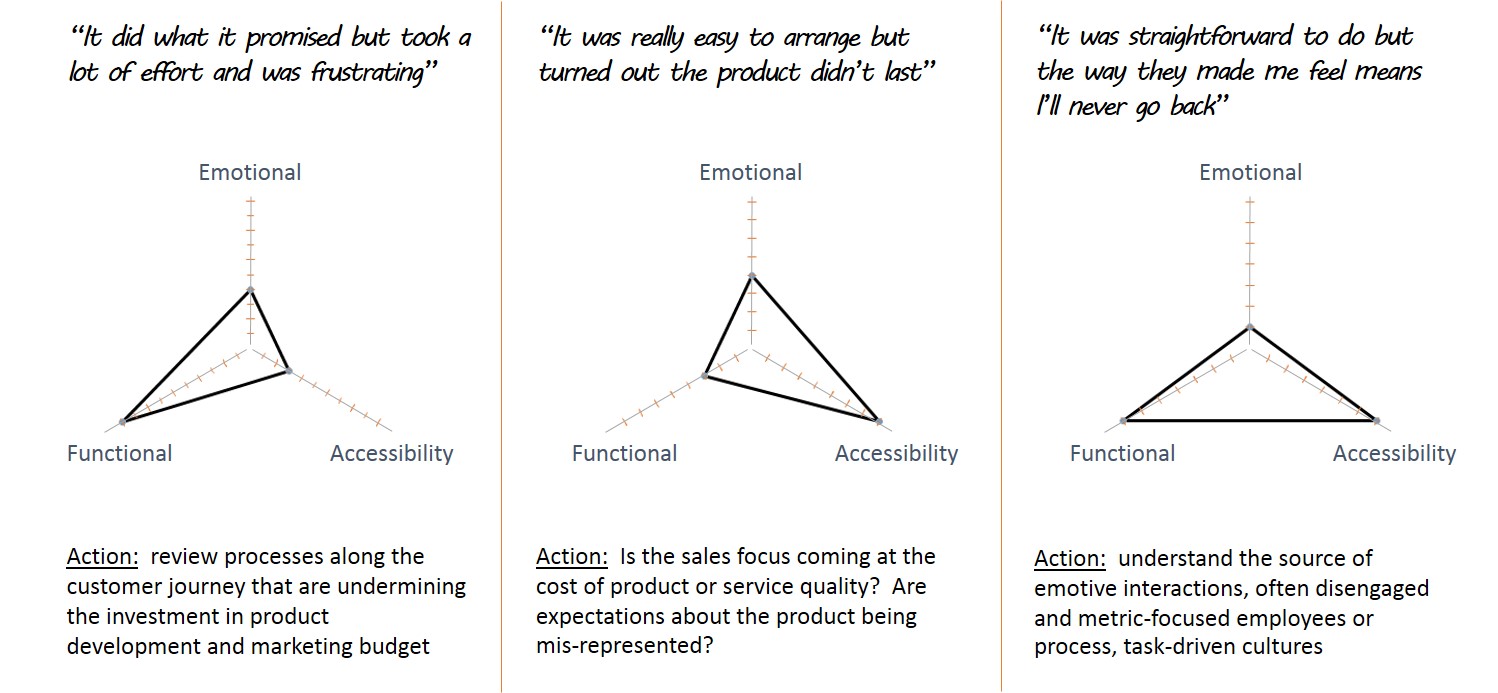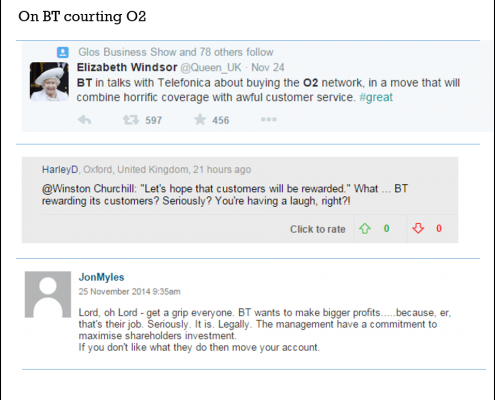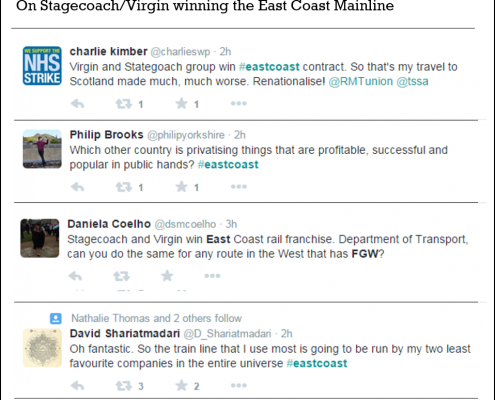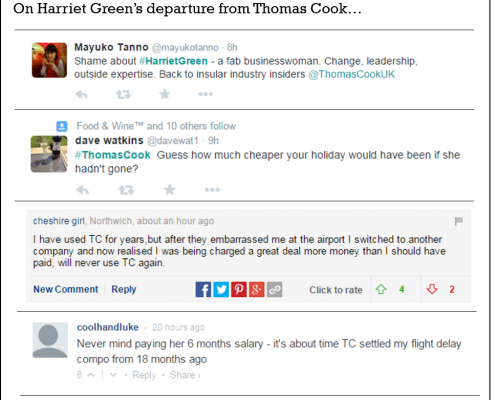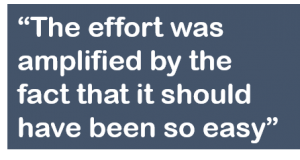The job of the customer experience manager
The need to improve customer experiences has been around since cavemen traded rocks for fish. And as our understanding of complex customer experience issues has grown, so too have the opportunities for those moving into leadership and management roles.
Having credibility to influence change is at the heart of the job. But in reality, it can sometimes feel like ours is a lonely customer voice at a crowded and loud business table. Therefore to be a successful customer experience practitioner isn’t just about being good at what gets done; it’s every bit about how it’s done too.
The good news is that business leaders are more empathetic. They know the impact on customer experiences of how they think and act. It’s important because it means they are making things better – and stopping things getting worse – for their customers and balance sheets. Job done? Not quite.
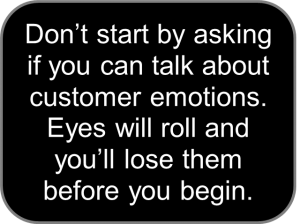
The job of the customer experience manager
The bad news is that despite the evidence it works not everyone, sees it that way. As a customer experience professional, we therefore need to be increasingly influential with those making the decisions.
Beneath the shiny veneer of perfect customer experience platitudes is a real world that’s arguing with itself; relentless short-termism in one corner and profitable longevity in the other. Sometimes, indeed often, the two protagonists are in neighbouring departments.
One CEO recently told me, in front of his team, that getting customer experience right “couldn’t be more important”. And yet a few days later when it came to making strategic decisions, it was all about taking (not necessarily the right) costs out. The customer’s voice was not being sought, let alone listened to. And as a result they will continue to do the wrong things well and see managing exceptions as the norm.
It’s a stark reminder that despite the proof that improving customer experiences creates better commercial outcomes, many business people remain wedded to traditional scorecard metrics, processes and tasks. They don’t get it, they may not want to get it or their boss won’t listen even if they do get it.
Maybe that’s our fault as customer experience professionals because our own approach has not been empathetic enough. We believe in it passionately because it works, we just need to convince the sceptics. It’s only part of the role, but a huge part nonetheless. And so, from my time as both practitioner and consultant, here are ten themes that I know makes our role more effective.
- Hunt out your stakeholders – sounds obvious, but map the web of people (not departments) who intentionally or unintentionally make the customer experience what it is. Whatever their level, whether they’re front-line / back-office / central support or external third parties, they should all be on your list of people you want onside. Prioritise them, pick them off one-by-one, stay close to them and then get them collaborating with each other.
- Build your army – chances are you can’t bring about the right changes on your own. You need pockets of supporters, advocates in all corners of the business who will help open doors to those stakeholders and tell you what the real challenges are. They might spring up from the most unlikely of places but people who express an interest in what you do and why you do it are invaluable. They’re our equivalent of finding a rare Gauguin painting at the back of the garage. Take them under your wing and they will become the veins through which the oxygen of customer experience will flow into the business.
- Listen to understand – make time to understand what stakeholders see as their role in the organisation, what their objectives and challenges are and why they have the issues they do. Observe carefully; their most important and personal motivation is often revealed in an off-guard comment or in general conversation about the state of the nation.
- Make it matter to them – help them look good. Use what you hear to show specifically how better customer experiences can make their job more effective. Show how having the right experiences can help them get a better result in their own personal and team objectives. Give them early warning nudges over a coffee rather than surprise them in the Board Room. Let them take the credit for being more customer-centric (your boss will know it’s you who made the difference).
- Map their journey – if we want to see how we fit into a customer’s world and create the right responses, we map their journeys. Why not do the same with internal customers too? It makes conversations much more empathetic and less adversarial. And it’s not just about their role per se – if you are inviting them to a workshop, how can you position it and present it in a way that guarantees they turn up and contribute?
- Invite them in – take any opportunity to show or reinforce the customer strategy. Have your compelling and targeted “How Customer Experience makes our business better” material handy at all times, especially in your head. Show them customer journey mapping visuals, build a physical mock-up of a customer’s world. Host a regular customer experience forum where you get senior people from all your stakeholder areas to share their perspectives. Create “Customer experience for non-customer experience people sessions” to help spread the word.
- Make them empathetic – use real warts-and-all feedback to show them what it’s like to be on the receiving end of what they do. Remind them that they are a consumer in their own lives. Get them to think like a customer. Ask them how the experiences they deliver compare with other organisations in other markets they deal with. After all, those are the ones pushing the bar of our customers’ expectations ever higher.
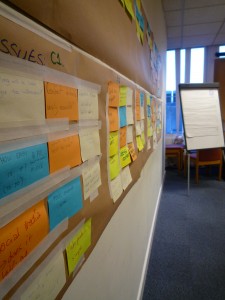
Find ways to help them help themselves
- Talk their language – keep it commercial. Relate using the vocabulary of what matters to them. Link customer experience to revenue, costs, efficiency, loyalty and margins. And despite the fanfare around the subject, don’t start the engagement of a sceptical, process-focused but key stakeholder with “Can I talk to you about customer emotions?”. Eyes will roll and you’ll lose them before you begin. You know how emotions fit in the bigger picture so that can come later. Much better to say something like “I’d appreciate your thoughts on how what we do now drives what our customers do next time”.
- Lead by example – be proactive and be responsive. Get a reputation for having the clearest, most unambiguous emails and reports. Little things go a long way – always turn up for meetings on time, keep promises, return calls and show an interest. I’m indebted to David Hicks of Mulberry Consulting for a great example – my answerphone message promises to call back asap but “certainly within 3 hours”.
- Keep the momentum going – stay on the look-out for quick wins and use them as proof of concept. Provide updates, share successes and relay stories of what others in other markets are doing. Be the one to create an engaging company-wide forum focused purely on customers. And invite yourself to talk with colleagues around the business at their team meetings.
There will be more ways so it will be great to hear what you think. How do you influence and manage your customer experience stakeholders?
One last thought. To see people, attitudes and companies change for the better as a result of what you have done can be the most rewarding job in the world. In fact, it then no longer becomes a job. So stay true to what you believe. Expect progress to be slow but up the ante by planning to be quick. Whatever happens though – and I thank Churchill for his words of wisdom – Never give up. Never give up. Never ever give up.
Jerry Angrave
Certified Customer Experience Professional – a practitioner and consultant on the strategic and tactical ways to help organisations improve their customer experiences




